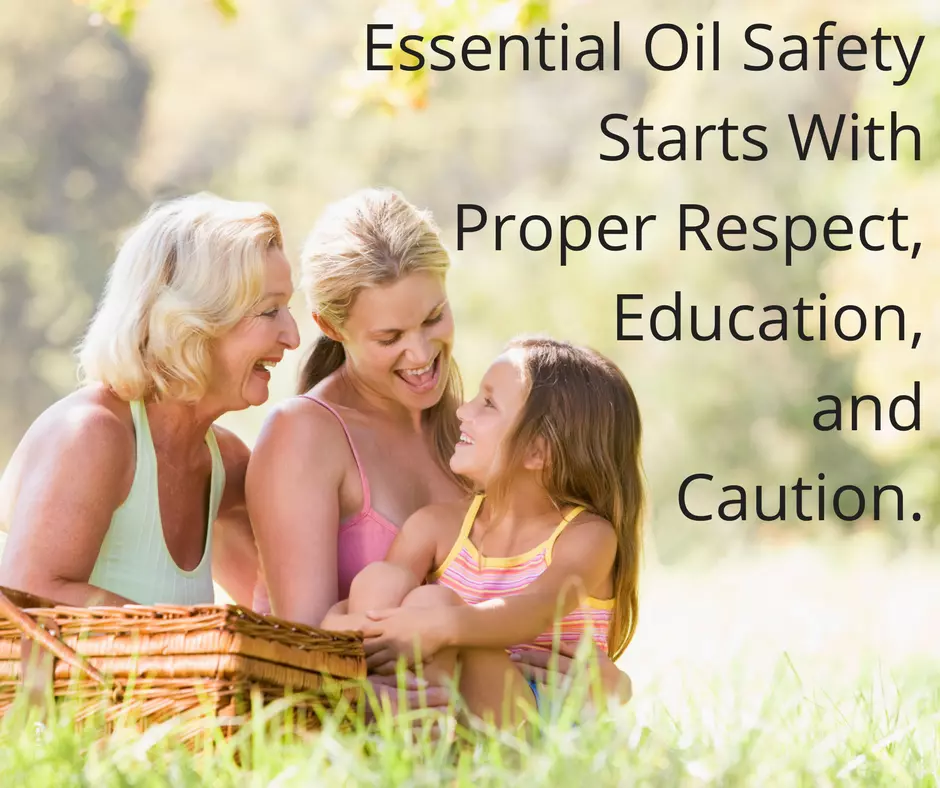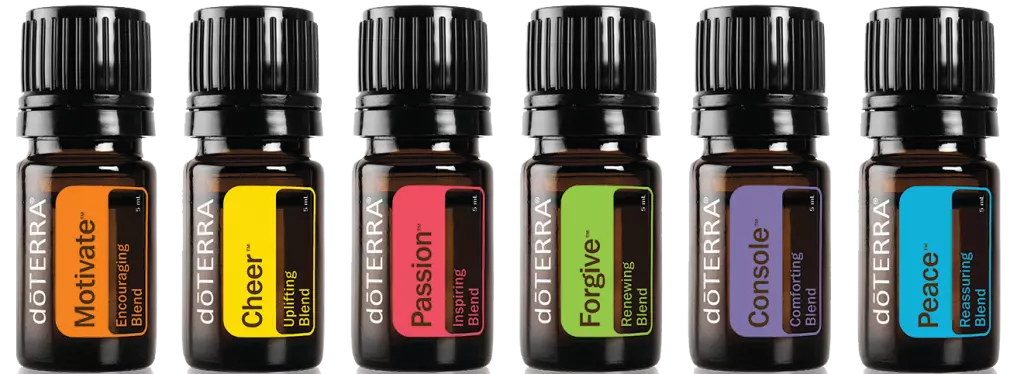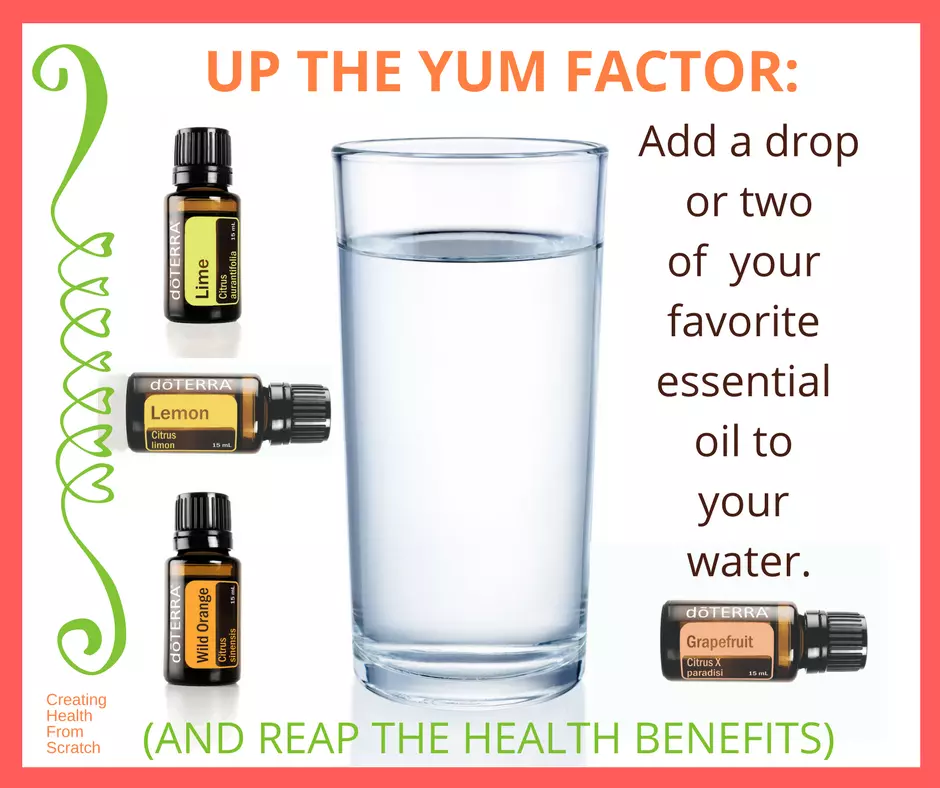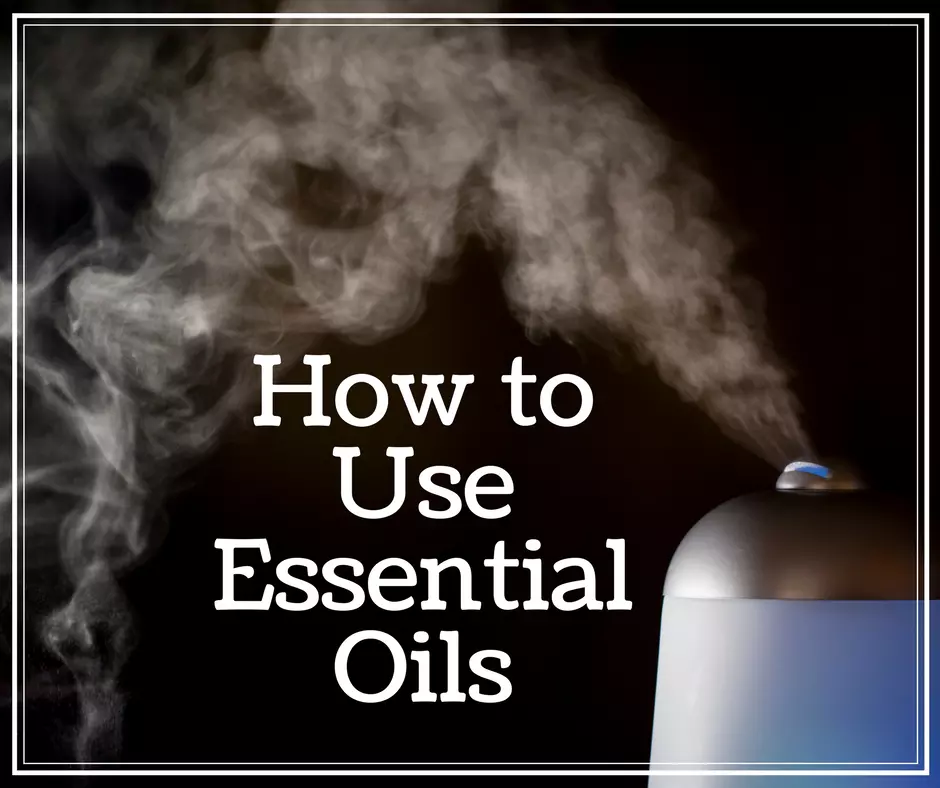
How To Use Essential Oils (Safely)
Essential oils are amazing, powerful compounds that provide solutions to a variety of every day problems. However, it’s not enough to have essential oils, you need to know how to (safely) use them. We sometimes tend to forget that these super potent compounds are chemicals. They are what generations and generations of people before us used for medicine. Yes, they smell great and are just tiny drops. But those little drops are mighty. They can work wonders for so many different things. They’re fast acting, non-toxic, and powerful. But we need always to remember that they can cause harm if used inappropriately. Keeping a healthy respect for essential oils is important. Don’t be wooed by the promise of a miracle cure (although that might happen), or their amazing smell (well, at least most of them smell great!), or their small size (in a world where we are accustomed to thinking more is better).
Don’t worry, though. Learning how to use essential oils properly isn’t difficult. And that’s just one (more) of the beautiful things about them.
Some Basic Guidelines
Always use common sense with essential oils. Those tiny drops of smell-good liquid can trick us into being casual with them. Don’t. ALWAYS err on the side of caution.
- Do your own research. Yes, there is a mountain of suggestions out there on the Internet, but get your information from reputable sources.
- Try a bit first, to see how your body reacts to it. We’re all different. Just because it worked for Aunt Sally a certain way, doesn’t mean it will do the exact same thing for you.
- Check with your doctor before swapping out your medications for an essential oil option.
- Check out the company whose oils you are using. Don’t buy inferior oils. Get them from a reputable company. Don’t buy them from Amazon, Walmart, or even your local health food store.
- DO NOT take them internally unless they are a therapeutic grade oil AND the bottle lists both the nutritional value on the side as well as saying you can ingest it. Just saying it’s 100% essential oil is NOT good enough.
- Keep the oils out of your eyes, ears and other sensitive areas. If you get the oil in your eyes, use a carrier oil (olive, coconut, etc) to dilute the oil, NOT WATER. Water will only spread the problem. A carrier oil will dilute it and help to dissipate it.
- Use extreme caution and do your research before using essential oils on your pets. Also, remember they have tiny bodies compared to us. Use HIGHLY diluted oils in small amounts. Not all animals can tolerate essential oils. And not all oils are good for even the animals that can benefit from essential oil usage. Again, make caution and research your best friend.
- Keep your oil bottles in a cool, dark place (avoid places like the inside of a hot car on a summer day). Keep the lids on the oils except when you are using them. These precautions will help extend the shelf life of your oils beyond your lifespan (in most cases).
- Teach your children a healthy respect for essential oils, just as you would for any other medicine, vitamin, etc.
- Always dilute essential oils for children, the elderly, pets and sensitive people (and it’s a good idea to dilute them for everyone else, too).
This is not an exhaustive list, but it’s a place to start. Above all, be wise, do your research and start conservatively.
How to Use Essential Oils: Three Methods
Once you have proper respect for essential oils, there are a few ways you can use them. While one methods might work better than another for a particular ailment or application, any method will work with any of the oils (aside from not ingesting some of the oils, no matter how pure they are). So, if nothing else, you can breathe a sigh of relief. You’re not going to do it wrong.
Here are the basic ways to use essential oils:
Aromatically:
Essential oils are aromatic substances that work well by inhaling them, or the aroma of the oil in through the nose and/or mouth. Many times aromatic application is the preferred method of using essential oils because it’s an effective way to get immediate access to the lungs, sinuses, bronchial tubes and larynx. There’s also evidence that aromatic use is the only way to access some parts of the body (such as the amygdala, which is responsible for storing and releasing emotional trauma).
If you doubt the power of smell, think back to visiting Grandma’s house and smelling warm cookies in the oven, or the particular perfume she wore, or the way her house smelled musty. When you smell similar smells as an adult, it can immediately transport you back to those times, sometimes to memories you haven’t thought of for years.
Smell is a powerful thing. Combining it with essential oils only heightens its impact. There are several effective ways to use essential oils aromatically.
Use a diffuser.
Simply place a few drops of oil in the diffuser and allow it to permeate the room. Diffusing oils into a room will clean and purify the air and kill bacteria and reduce fungus and mold. When using oils this way, it’s effective to diffuse for 15 minutes out of every hour, so your olfactory system has time to recover. (A note of caution here, make sure you use a diffuser that use cool or low levels of heat to operate. Higher levels of heat will kill the therapeutic value of the oil.)
Directly inhale the oils.
You can do this a few different ways. One, simply open the bottle of oil and inhale deeply, holding your breath in, after you fill your lungs with air before exhaling. Two, drop a drop or two of oil into the palm of your hand, rub your hands together and cup them over your mouth and nose and inhale deeply. Three, place a drop of oil on a tissue, pillow case or cloth, hold it close to your nose and inhale.
Use a fan or air vent to diffuse oils.
Place a few drops of oil on a cotton ball or small strip of cloth and stick in a car heat vent, or attach to a ceiling fan.
Add a few drops of essential oil to lotion or use as perfume. Apply these directly to your skin (although this is also a topical application of oils, you will benefit from its aromatic properties as well).
Topically:
Another effective method of using essential oils is by applying them topically on the various parts of the body. This can be done ‘neat’ (full strength) or diluted with a carrier oil. Here are some guidelines for topical application:
Apply to bottoms of feet.
When applying oils topically, a great place to put them is on the bottom of the feet where the largest pores of the body reside. This aids in quick absorption (and will actually have the oil completely through the body within just a couple of minutes).
Dilute as appropriate.
When applying oils topically to infants and young children, dilute them with a carrier oil in a ratio of approximately 1-3 drops of essential oil per 1 tablespoon carrier oil.
It’s better to layer oils than to blend your own together (thus altering the chemical properties). To layer, rub one oil at a time into the skin, waiting only seconds in between applications (as oils absorb quickly into the skin).
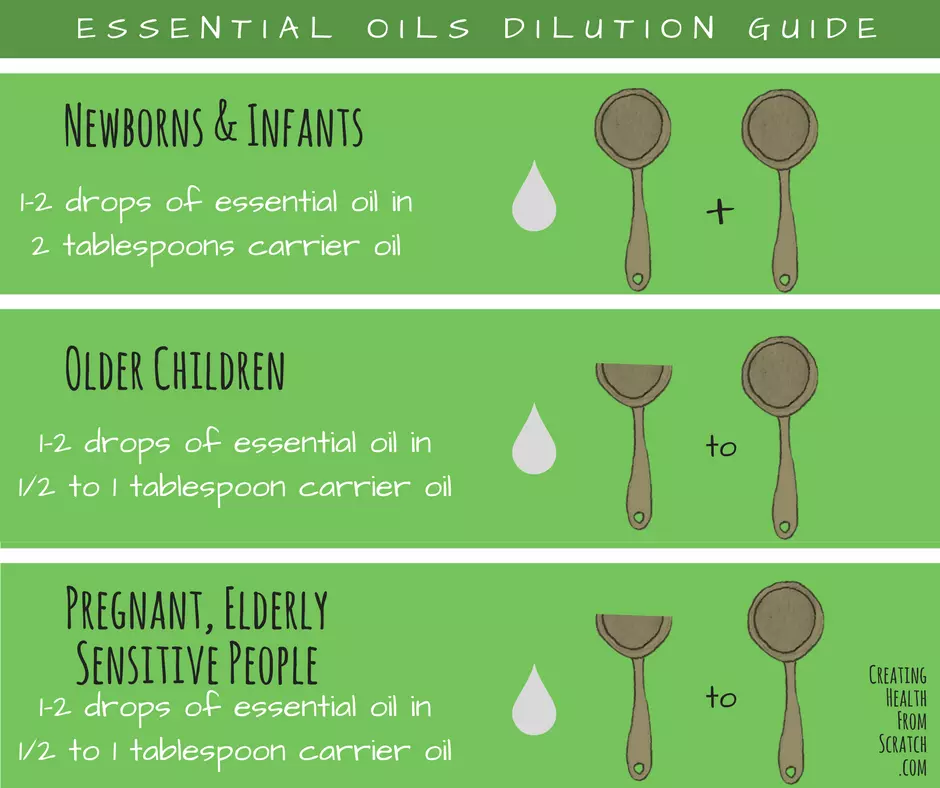
Use the oils in massage or reflexology.
Massage is a great way to incorporate essential oils topically. Simply add a bit of a carrier oil (to make it easier to spread out) and rub into sore muscles and problem areas. If you get professional massages, often a massage therapist is open to using oils on you, if you bring them in with you.
Relax in a bath.
Take a bath by adding a few drops of oil to the bathwater (which is also a very aromatic experience as well).
Add oil to what you already have.
Add the oils to personal hygiene products such as shower gel, lotion, body sprays, etc.
Internally:
A third way to use essential oils is by taking them internally. I know I’ve said it already, but I am saying it again: USE CAUTION. Make sure for internal use that the oils you’re using are certified pure, therapeutic grade oil. Other essential oils may not be safe to ingest. (The FDA has given a GRAS (Generally Recognized As Safe for human consumption) rating to some essential oils, although many oil companies state on their bottles that they are not safe to take internally (often because of the added chemicals and processing).
In order to ingest an essential oil internally, you can do several things:
Under the tongue.
Add a drop or two of oil under your tongue. This route is a quick way to get essential oils into your blood stream.
In a capsule.
You can buy empty capsules to fill with your own essential oils. Note, though, that pre-filling capsules will often result in ‘melting’, so you need to fill them as you use them.
Add to water or other drink.
Add a drop or two to your drinks (they’re great in smoothies, water, tea, etc). Make sure to use only glass or stainless steel containers to drink from if you’ve added essential oil. Other containers are not safe (plastic will leak it’s toxins out into your drink, for example).
Use in cooking.
Just remember two things when cooking with essential oils: First, they will lose their therapeutic properties if heated too high (add them in at the very end if you’re cooking something hot). And second, a little bit goes a long ways. You often only need a drop or two, sometimes less.
Through vaginal insertion.
This can be done with a vaginal syringe or by allowing a tampon to soak up the oil and then inserting it. Dilute the oils in 2-3 teaspoons of carrier oil (such as fractionated coconut oil) first.
Through rectal insertion.
This can be done with a rectal syringe or by placing the oil in a capsule and inserting them in the area.
Each condition you’re trying to treat will generally have a preferred method of application, but many of them overlap. Once you have enough experience with essential oils, the methods and best uses will become second nature to you. If you’re uncertain of a particular application, do a bit of research beforehand and then experiment safely and with caution.
